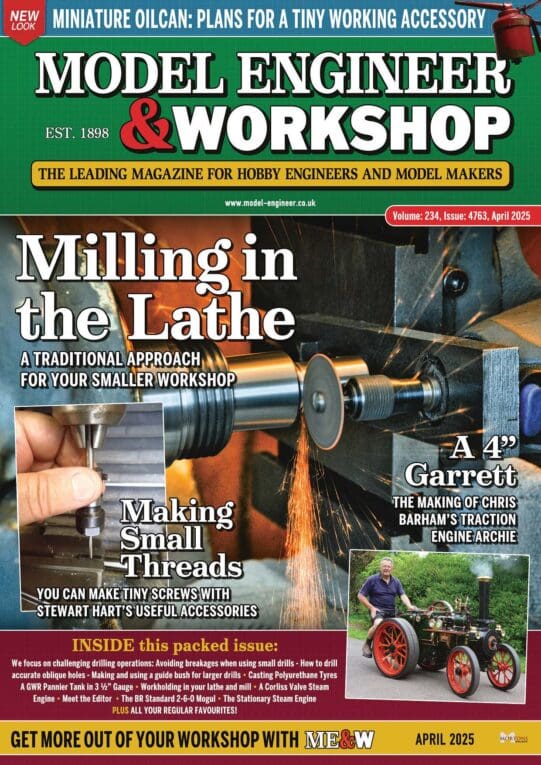Hi Richard,
I feel sure that you will have already perused the ME Forum for ideas!?
If not, then insert `Balance’ into <Keyword> and `Clocks’ in <All Topics>, this brings up several posting about issues I had with balance wheels and balance springs.
In particular, they highlight some of the `struggles’ I’ve had with the escapement of my skeleton clock.
Clearly, the larger size of your intended wheel is likely to introduce additional challenges, which may not have surfaced during the time I was making my balance wheel, c.1973
Suffice it to say that I had five attempts at fusing the brass ring into the steel sink. To get enough heat, and with the help of a friend, I/we resorted to the use of an oxy-acetylene torch.
The primary causes of failure were non-fusion of the brass to the steel, and blow holes in the brass. I put the former cause of failure to insufficient heating and melting, while the blow holes may have been due to trapped flux escaping up through the brass. No doubt the heavier brass was displacing the melted flux (and/or gases). My final attempt (which can be seen in one or two of my pictures) still displays a couple of tiny blow holes. I must also admit to getting wrong, the thickness ratio of brass to steel, and trust that there will still be enough temperature compensation for a reasonable time-keeping result.
As for the spring, that was becoming quite a saga, for me at least. However, thanks to the generosity of one of you gentlemen, I have been sent a spring which has all the makings of a very close approximation to the recommended design.
When I’ve regained some of my health, and the cooler Melbourne weather is upon us, I intend to pursue this to completion. If not, SWAMBO will descend upon yours truly.
Good luck,
Sam
Buster.





